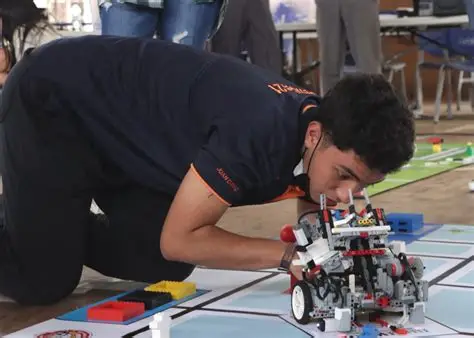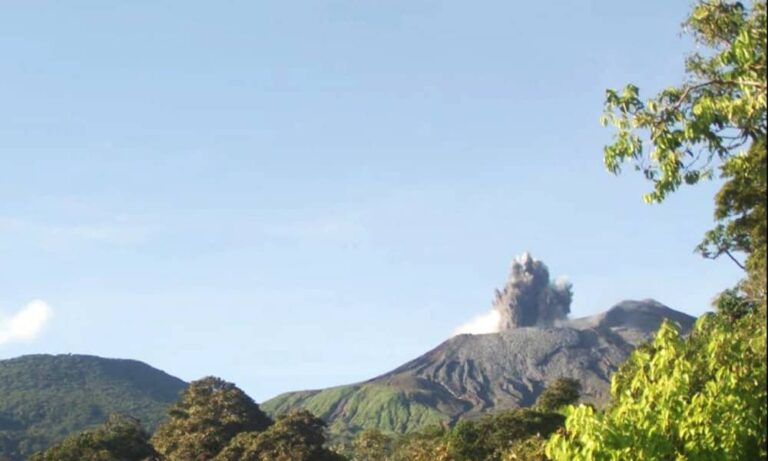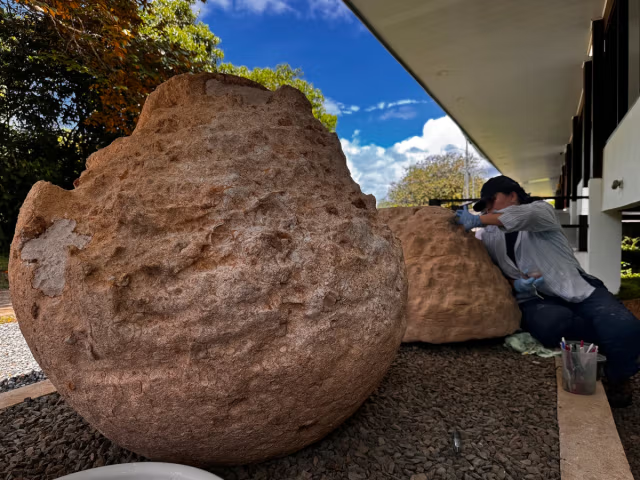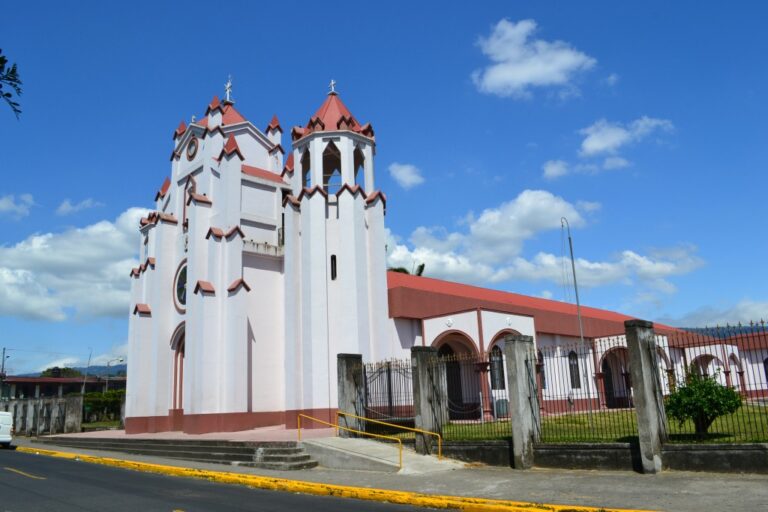On May 22, 2025, a police operation in Orotina, Alajuela, led to one of the most unusual seizures in Costa Rica’s recent history: five capybaras were found inside a vehicle that attempted to evade a checkpoint on the Costanera Sur highway. Alongside the animals, police seized drugs, bladed weapons, and arrested two individuals with criminal records for serious offenses. This incident marked the first recorded seizure of capybaras in Costa Rica, capturing public attention and sparking debate on the illegal wildlife trade, public health, and the role of rescue centers in conservation. In this article, we explore how these animals transitioned from being part of an illegal trafficking network to becoming symbols of environmental awareness and conservation efforts in Costa Rica.
Context and Background
Capybaras, the largest rodents in the world, are native to the wetlands of South America, including Brazil, Colombia, and parts of Panama, where they live near bodies of water. However, there are no wild populations of capybaras in Costa Rica, and their presence in the country is prohibited under wildlife regulations due to the risks they pose to local ecosystems and public health.
In recent years, capybaras have gained popularity on social media, becoming viral figures featured in memes, backpacks, T-shirts, and videos that highlight their calm and curious appearance. This trend has driven an illegal market for capybaras as exotic pets, often without considering their large size, need for water and space, and the legal implications of keeping them in countries where ownership is prohibited. This context helps explain how the illegal wildlife trade finds opportunities in Costa Rica, driven by demand and the perception of these animals as “cute pets.”

Details of the Seizure
On the morning of May 22, officers of the Fuerza Pública were conducting a checkpoint on Route 34 when a suspicious vehicle attempted to evade inspection. After a brief pursuit, officers stopped the vehicle and found five young capybaras inside, kept in inadequate conditions and visibly dehydrated and malnourished. Alongside the animals, authorities discovered sixty doses of crack cocaine, marijuana, bladed weapons, and other evidence linking the vehicle to drug trafficking activities.
The two individuals arrested, surnamed Torres and Navarrete, had prior criminal records related to drug trafficking, human trafficking, sexual offenses, and environmental crimes, confirming a pattern connecting organized crime with the illegal wildlife trade. The capybaras were immediately handed over to wildlife authorities and transferred to Zoo Ave Rescue Center for veterinary care, entering in critical health and marking the beginning of a new chapter in their story and in Costa Rica’s ongoing conservation efforts.
Health Status of the Animals
Upon arrival at Zoo Ave Rescue Center in La Garita, Alajuela, the five seized capybaras were in poor health. Veterinary reports indicated severe malnutrition, dehydration, gas buildup in their digestive systems, elevated stress levels, and minor injuries caused by inadequate transport and the conditions under which they were trafficked.
Sadly, one of the young male capybaras could not overcome complications resulting from prolonged starvation and died a few days after the rescue. The remaining four, consisting of one male and three females, continued under strict veterinary observation, receiving a controlled diet, supplements to strengthen their immune systems, and constant monitoring of their behavior and mobility. Their initial condition highlighted the direct consequences of illegal wildlife trafficking on the health and welfare of animals, even those known for their resilience and adaptability.
Care at Zoo Ave
Under the care of Zoo Ave’s team, the four surviving capybaras began a recovery process that included a quarantine period to prevent health risks and monitor for potential diseases that could affect them or other species within the rescue center. During this stage, the capybaras received a high-fiber, balanced diet, access to water areas to encourage their natural bathing behavior, and shaded, vegetated spaces to support their physical and emotional well-being.
Over the following weeks, the capybaras showed gradual signs of improvement, gaining weight and increasing their activity levels. The male gained approximately four kilograms, while the females gained between one and two kilograms each, indicating steady recovery that allowed them to move to a larger enclosure within the facility. This care process demonstrated not only the animals’ ability to recover when given appropriate conditions but also Zoo Ave’s and Costa Rican authorities’ commitment to protecting seized exotic wildlife and ensuring their rehabilitation is conducted safely and responsibly.
Exhibition Dynamics and Permit
After completing quarantine and stabilizing their health, the capybaras were moved to a larger enclosure within Zoo Ave, specially prepared with vegetation, water bodies, and shaded areas to replicate their natural habitat as closely as possible. This space was designed to ensure their well-being while serving as an educational point for visitors on the importance of preventing wildlife trafficking and the risks associated with irresponsible ownership of exotic animals.
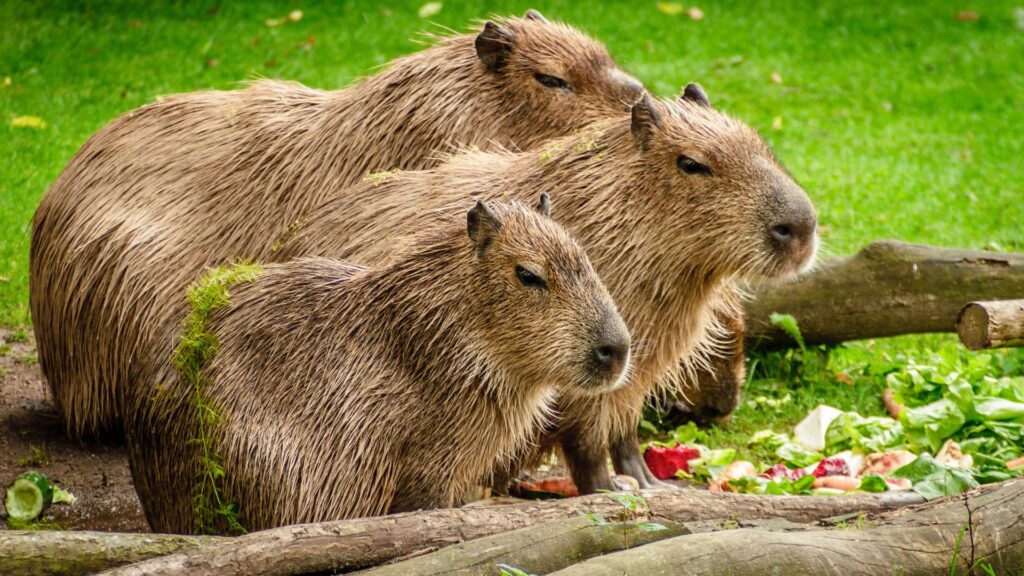
However, for the capybaras to be exhibited to the public, Zoo Ave needed approval from SINAC for a management plan outlining their welfare, long-term care strategies, and measures to prevent unplanned breeding, which could worsen the exotic wildlife issue in the country. Initially, the exhibit was announced for July 2025, during the school vacation period, but it was temporarily suspended until all legal requirements were fulfilled. Currently, Zoo Ave is in the process of finalizing this plan to reopen visits responsibly and educationally, allowing the public to meet these animals under guidelines that prioritize their health and compliance with national regulations.
Public Visitation and Recommendations
Zoo Ave is preparing to reopen public visitation to the capybaras, offering Costa Rican families and tourists an opportunity to observe these animals up close, learn about their behavior, and understand their ecological importance in their native habitats. However, visits will be conducted under strict guidelines to protect the animals’ welfare, requiring visitors to avoid feeding them, refrain from loud noises, and not use flash photography.
Additionally, Zoo Ave staff guide visitors to maintain a respectful distance and understand the story behind the capybaras, emphasizing the impact of illegal wildlife trade and the importance of not supporting these practices through the purchase or ownership of exotic animals. This experience aims to raise awareness among families and students about the responsibilities of respecting wildlife and highlights the role of rescue centers in protecting and caring for these species, transforming a case of illegal trafficking into an opportunity for education and societal reflection.
The seizure of capybaras in Orotina was not only unusual due to the species’ non-native status in Costa Rica but also served as a reminder of the link between drug trafficking and the illegal wildlife trade, an illicit business that endangers animals and the country’s ecosystems. Thanks to the work of Zoo Ave and the oversight of environmental authorities, these capybaras have made significant recoveries, transforming into ambassadors of a message of conservation, education, and responsibility.
Their story invites us to reflect on the importance of protecting biodiversity and respecting wildlife laws while recognizing every citizen’s role in preventing these illegal practices. Today, these capybaras represent hope that with proper care and the collaborative efforts of institutions and society, it is possible to change the fate of animals victimized by trafficking, turning their stories into a call for a country that prioritizes life and nature.








